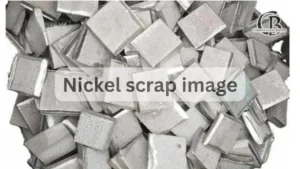
Why Carbide Scrap Prices Are Skyrocketing: Key Factors Explained
Carbide scrap prices have been rising sharply due to several key factors reshaping the market. It’s important to understand these elements to stay ahead in the carbide recycling industry.
-
Global Supply Chain Disruptions
- Cause: The COVID-19 pandemic and geopolitical tensions have disrupted the supply of tungsten, a key material in carbide production.
- Effect: Shortages of tungsten are driving up the cost of carbide scrap as industries struggle to secure necessary materials.
-
Increased Demand from High-Tech Industries
- Cause: Industries like aerospace, electronics, and automotive are expanding, increasing their need for carbide tools and components.
- Effect: Higher demand is making the carbide scrap market more competitive, pushing prices upward.
-
Complex Recycling Process
- Cause: Recycling carbide is technologically complex and energy-intensive.
- Effect: Rising costs of recycling are being transferred to buyers, further increasing scrap prices.
-
Market Speculation
- Cause: Investors are speculating on continued shortages and increased demand in the carbide market.
- Effect: Speculative activities are driving prices even higher, adding to existing market pressures.
-
Stricter Environmental Regulations
- Cause: Global environmental regulations are making the extraction and processing of raw materials more expensive.
- Effect: The rising cost of primary production increases the value of recycled carbide, contributing to the price surge.
-
Business Implications
- Opportunities: Higher prices can boost revenue for recyclers and scrap dealers.
- Challenges: Manufacturers may face tighter profit margins due to increased raw material costs.
-
Conclusion
- Strategy: Businesses must stay informed and adapt to market changes to capitalize on opportunities while managing risks in the volatile carbide scrap market.

